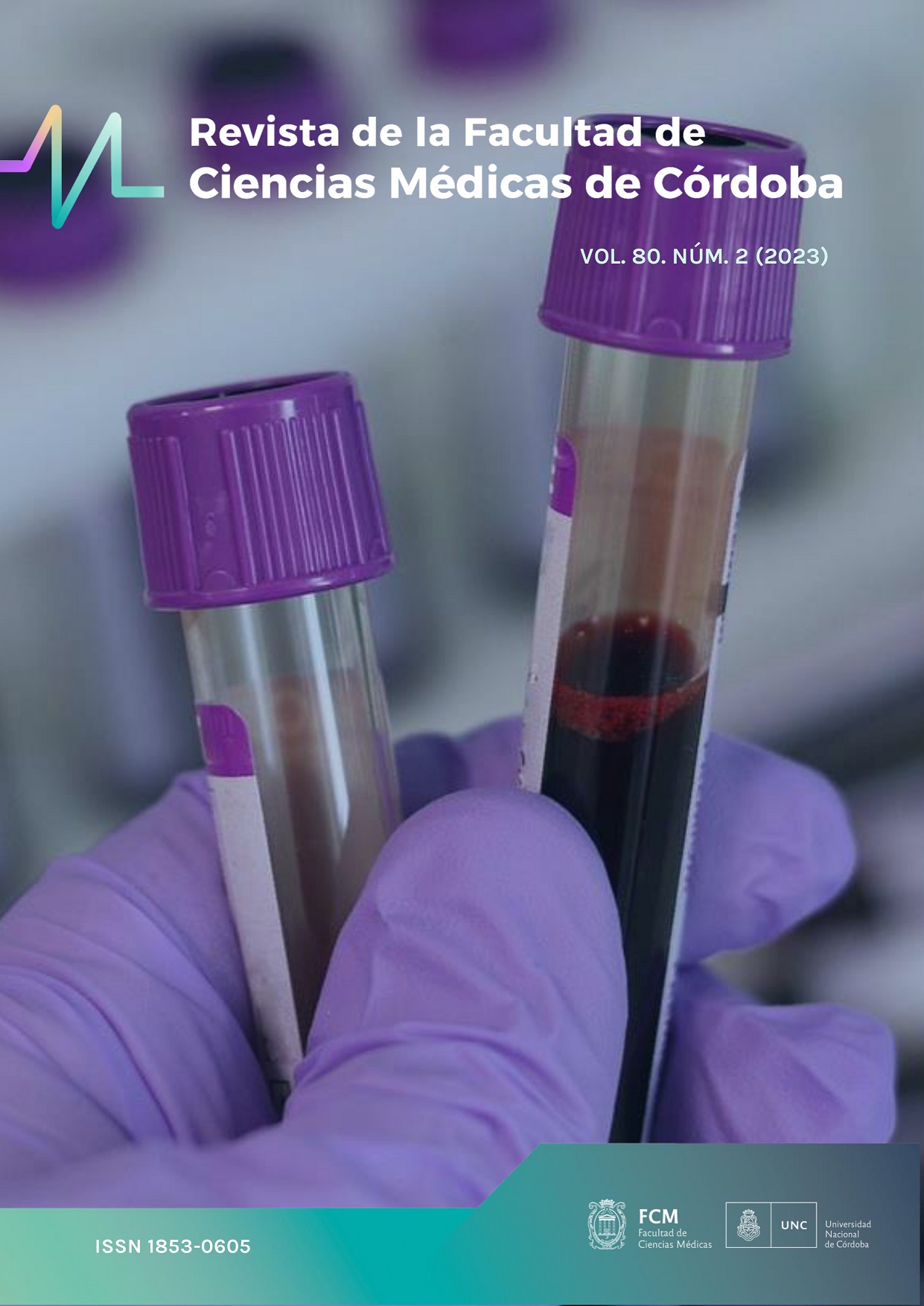Effects of consuming high-fat diet prior to pregnancy on reproductive physiology and fetal development in mice
Keywords:
Nutrition, high fat diet, reproduction, fetal developmentAbstract
Abstract:Maternal eating habits during the preconceptional period affect different aspects of health, raising questions about the impact of diet on their reproductive capacity. Objective: To analyze, in mice, the effects of the consumption of a high fat diet prior to mating, on morphometric, biochemical and reproductive parameters. Female Albino Swiss N:NIH adults mice (light/dark cycles: 14/10 h, temperature: 24±2 ºC, water and food ad libitum), were fed a high fat diet (HF: 24% fat, 24% protein, 41% carbohydrates) or control (C: 4% fat, 19% protein, 64% carbohydrate), for 10 weeks. Body weight was recorded during treatment. In 18 animals (9/group) we evaluated: weight of retroperitoneal fatty pads, ovaries and liver; nitrite concentration in ovaries; oocyte quality; plasma concentration of progesterone and estrogen; plasma lipid profile and glycemia. Other females (14 C and 12 HF) were mated with control males; interrupting the pregnancy on day 14, we evaluated: weight and size of fetuses, placentas and fetoplacental units (FPU); number of corpora lutea (both ovaries) and viable fetuses. ANOVA and Chi square were used, considering significant differences, values of p≤0.05. Body weight in HF was significantly higher than in C, from day 29 of treatment (p<0.05). Significant differences (p <0.05) were recorded in: fat pad weights, absolute (0.55±0.05 g -C- and 2.17±0.54 g -HF) and relative (2.00±0.17% -C- and 5.87±1.24% -HF); glycemia (87.91±5.81 mg / dl –C- and 129.03±16.38 mg/dl –HF-); oocyte quality (radiated crown, zona pellucida, ooplasm, granular cells, perivithelial space, first polar body), with deleterious effects observed in HF; fetal weight (0.23±0.01 g and 0.20±0.02 g), fetal length (12.32±0.18 mm and 10.87±0.15 mm), placental diameter (7.16±0.13 mm and 6.45±0.11 mm) and weight of FPU (0.54±0.01 g and 0.46±0.01 g), in C and HF respectively. The rest of the parameters did not change significantly. These results suggest that the consumption of the HF diet, under the experimental conditions described, can modify the body weight of female mice, as well as fundamental metabolic parameters, such as glycemia and others at the reproductive level, such as oocyte quality and fetal development.
Downloads
References
.
Published
Issue
Section
License

This work is licensed under a Creative Commons Attribution-NonCommercial 4.0 International License.
The generation of derivative works is allowed as long as it is not done for commercial purposes. The original work may not be used for commercial purposes.












